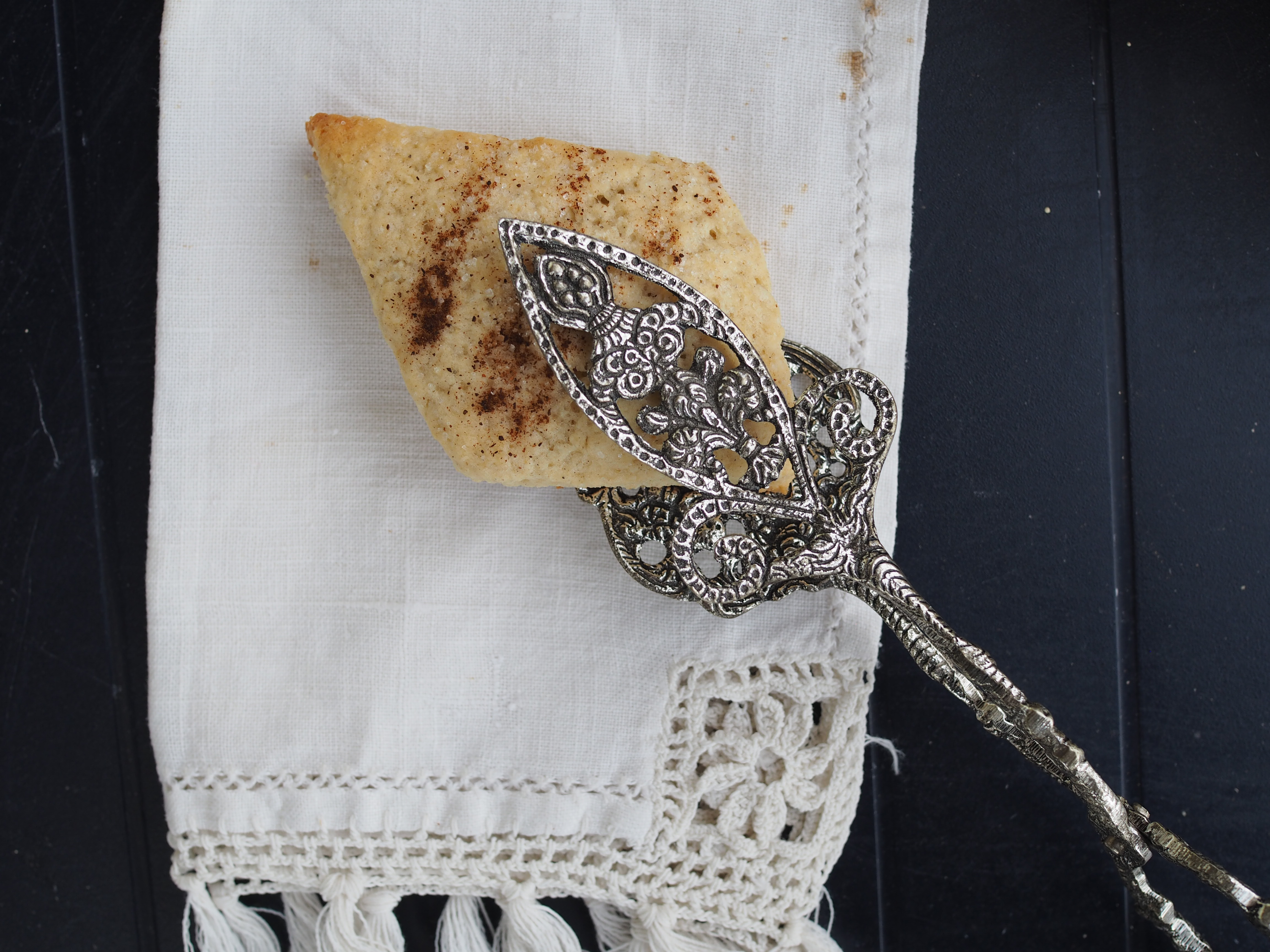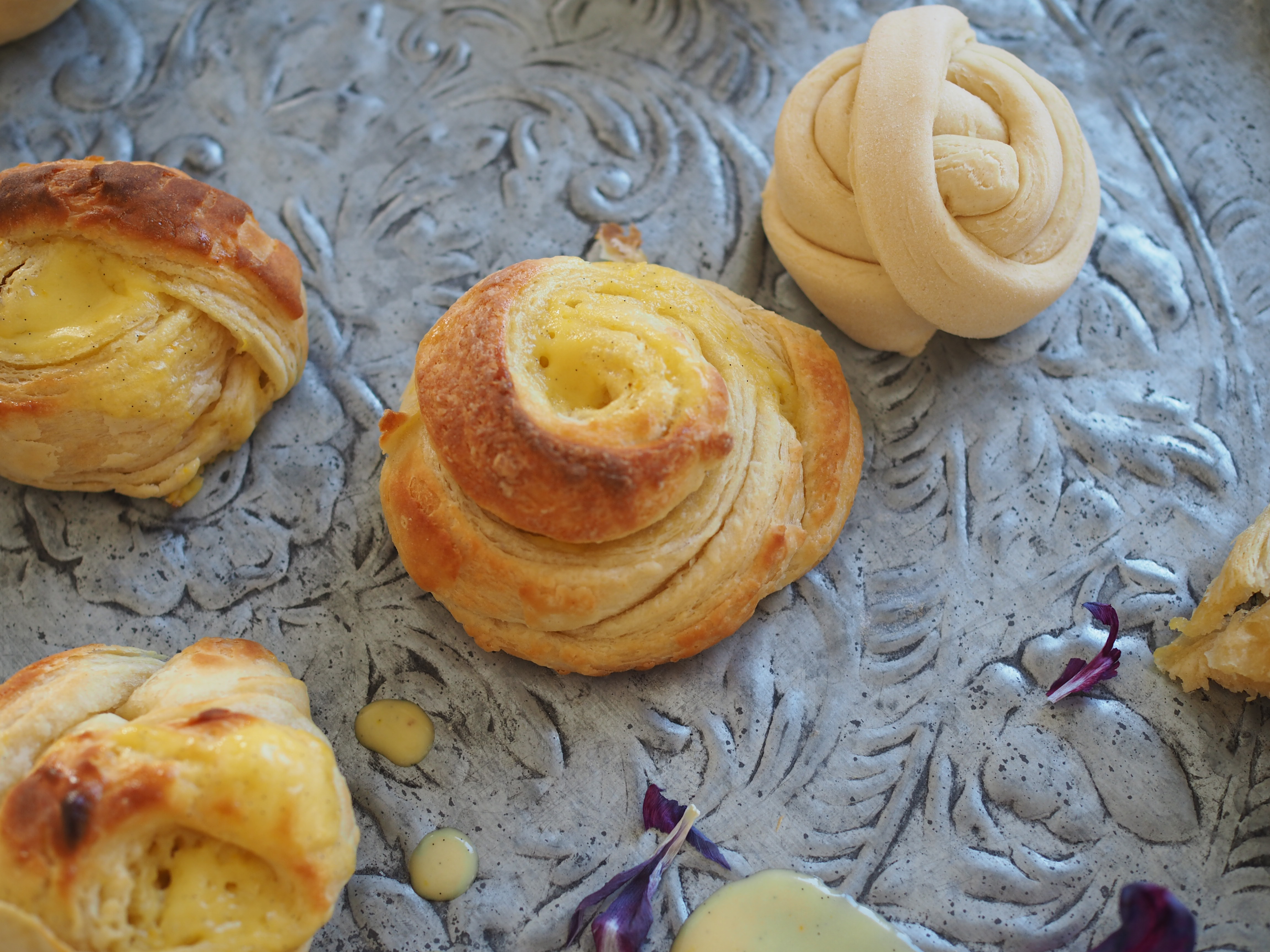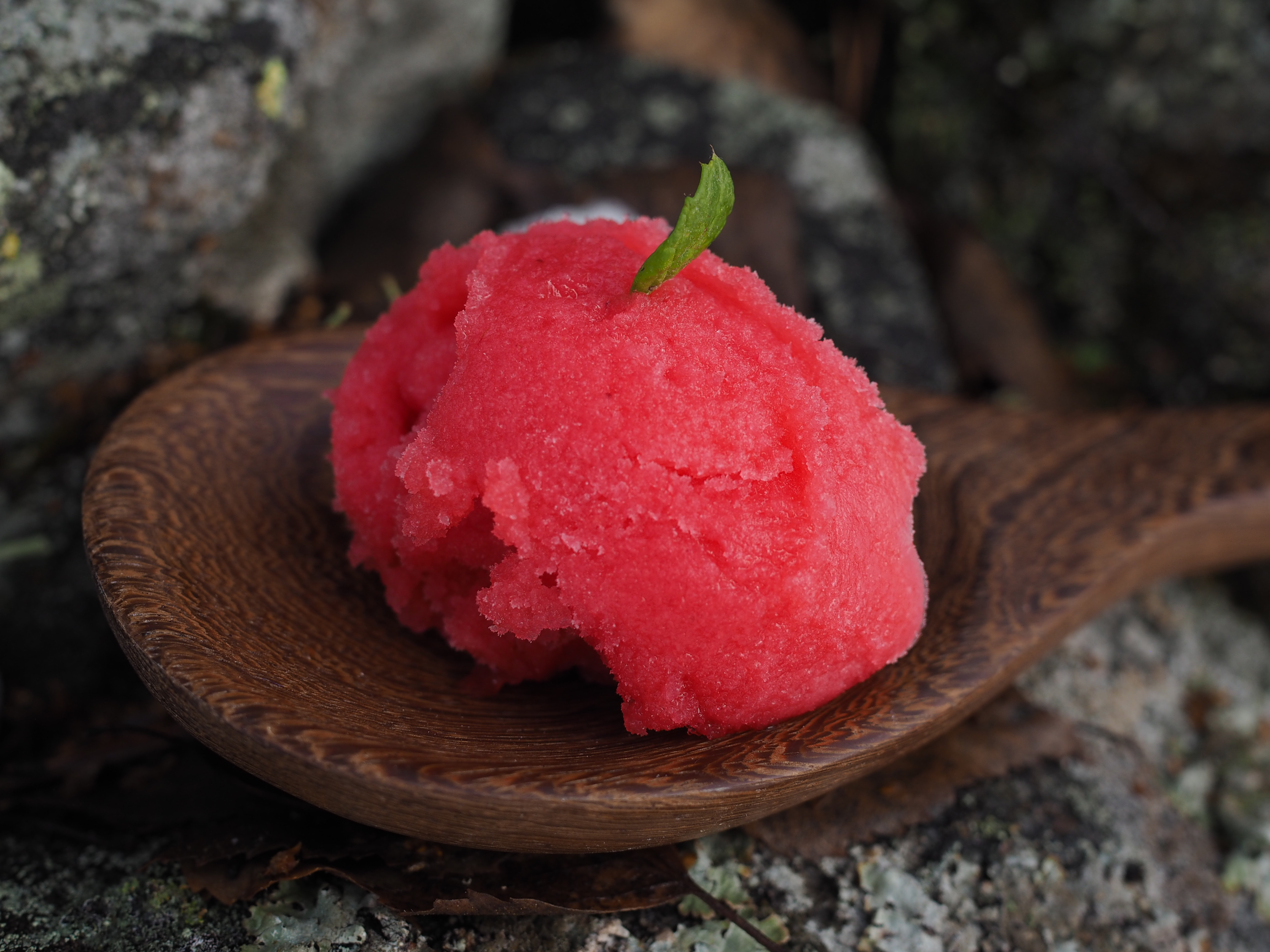 The smell of melting butter amidst flaky dough fills the room. A slight hint of orange and vanilla. As I wait for the minutes to pass, I cozy up to my chair and read more about the famous pastry known in Norway as wienerbrød, or translated to viennese and commonly referred to as danish in English. The aroma is well-known across bakeries in Norway and the rest of Scandinavia. It’s a pastry that was indeed created from bakers in Denmark, but not solely by their own efforts. It was a result of inspiration and the borrowing of techniques, like most recipes today. By standing on the shoulders of others, they were able to create a new, inspired pastry.
The smell of melting butter amidst flaky dough fills the room. A slight hint of orange and vanilla. As I wait for the minutes to pass, I cozy up to my chair and read more about the famous pastry known in Norway as wienerbrød, or translated to viennese and commonly referred to as danish in English. The aroma is well-known across bakeries in Norway and the rest of Scandinavia. It’s a pastry that was indeed created from bakers in Denmark, but not solely by their own efforts. It was a result of inspiration and the borrowing of techniques, like most recipes today. By standing on the shoulders of others, they were able to create a new, inspired pastry.
It is said that during the 1850s, a strike broke out amongst bakers in Copenhagen. This forced bakery owners to seek help from bakers in Vienna. The help was given, as it was usual for a baker master’s son to take up an apprenticeship in Vienna, the baking capital, and therefore they had good relations. The bakers from Vienna had a long tradition of lamination, where dough is layered with fat and rolled out several times. The Danish bakers were inspired and they began to develop the techniques, adjust to own their tastes and increase the amount of rich butter. The fillings and shapes were only left to the imagination and the creation of the Danish pastry or ‘Viennese Bread’ was born.


I came across an article about the historic town of Nusfjord, situated on Flakstadøya in Lofoten. The bakery, which no longer is in use, was built prior to 1877. It produced breads and pastries to both fishermen and locals. When fishermen would come from the fisheries to supply fish, they often had to take upon debt for shelter, food and tools as they could not pay in cash. The second squire of Nusfjord, known as ‘Old Bernhard’ would hang out a little bag filled with wienerbrød to every fishing crew as a small reward for their work, despite the debts. (Source)
I like to think that, sometimes, it’s just the simple, kind gestures, like hanging bags of wienerbrød for the taking, are what brings us closer as a community. Filling the belly. Satisfying a need. Doing the unexpected. Showing kindness. Those are the measures which create good relations. And so, perhaps when we bake, we should consider to double the amount. A great excuse for taking a moment to sit down, converse and share something sweet and special. (more…)
 My sister recently collated and copied my Great Grandmother’s recipes as gifts for the whole family. Reading through the recipes brought back so many wonderful memories. Her cookies were always a highlight of our holiday traditions. Cookies that, today, seem classical and perhaps a bit vintage. Something our grandmother grew up with and baked for us in our childhood, but we rarely, if ever, bake in our own kitchens.
My sister recently collated and copied my Great Grandmother’s recipes as gifts for the whole family. Reading through the recipes brought back so many wonderful memories. Her cookies were always a highlight of our holiday traditions. Cookies that, today, seem classical and perhaps a bit vintage. Something our grandmother grew up with and baked for us in our childhood, but we rarely, if ever, bake in our own kitchens.


 The smell of melting butter amidst flaky dough fills the room. A slight hint of orange and vanilla. As I wait for the minutes to pass, I cozy up to my chair and read more about the famous pastry known in Norway as wienerbrød, or translated to viennese and commonly referred to as danish in English. The aroma is well-known across bakeries in Norway and the rest of Scandinavia. It’s a pastry that was indeed created from bakers in Denmark, but not solely by their own efforts. It was a result of inspiration and the borrowing of techniques, like most recipes today. By standing on the shoulders of others, they were able to create a new, inspired pastry.
The smell of melting butter amidst flaky dough fills the room. A slight hint of orange and vanilla. As I wait for the minutes to pass, I cozy up to my chair and read more about the famous pastry known in Norway as wienerbrød, or translated to viennese and commonly referred to as danish in English. The aroma is well-known across bakeries in Norway and the rest of Scandinavia. It’s a pastry that was indeed created from bakers in Denmark, but not solely by their own efforts. It was a result of inspiration and the borrowing of techniques, like most recipes today. By standing on the shoulders of others, they were able to create a new, inspired pastry.






 Is it any wonder that the vafler we know today has its connection with something so sweet – something as sweet as honey. Indeed, the pattern of the iron plates is modelled after beeswax cakes from the hive. Vafler derives from the German word, wafel, meaning honeycomb. And this pattern originates from the 1220-1300s. During the 1600-1700s, the waffle iron could be found having a long handle, with a rectangular or heart-shaped iron plate, which could be used over a hearth. It wasn’t until much later that the cast iron became circular with the 5 hearts we are familiar with today. (Source:
Is it any wonder that the vafler we know today has its connection with something so sweet – something as sweet as honey. Indeed, the pattern of the iron plates is modelled after beeswax cakes from the hive. Vafler derives from the German word, wafel, meaning honeycomb. And this pattern originates from the 1220-1300s. During the 1600-1700s, the waffle iron could be found having a long handle, with a rectangular or heart-shaped iron plate, which could be used over a hearth. It wasn’t until much later that the cast iron became circular with the 5 hearts we are familiar with today. (Source:  There are many wonderful vafler recipes out there, and being somewhat of a newbie to the art of the nordic staple, I asked around for a solid recipe that I could springboard from. Without hesitation, my friend was quick to recommend a tried and true vafler recipe. Her family’s favorite. The one that superseded all the others. Of course, it had to be one of the world’s best. From the master’s collection. The Seamen’s Church (Sjømannskirken).
There are many wonderful vafler recipes out there, and being somewhat of a newbie to the art of the nordic staple, I asked around for a solid recipe that I could springboard from. Without hesitation, my friend was quick to recommend a tried and true vafler recipe. Her family’s favorite. The one that superseded all the others. Of course, it had to be one of the world’s best. From the master’s collection. The Seamen’s Church (Sjømannskirken).